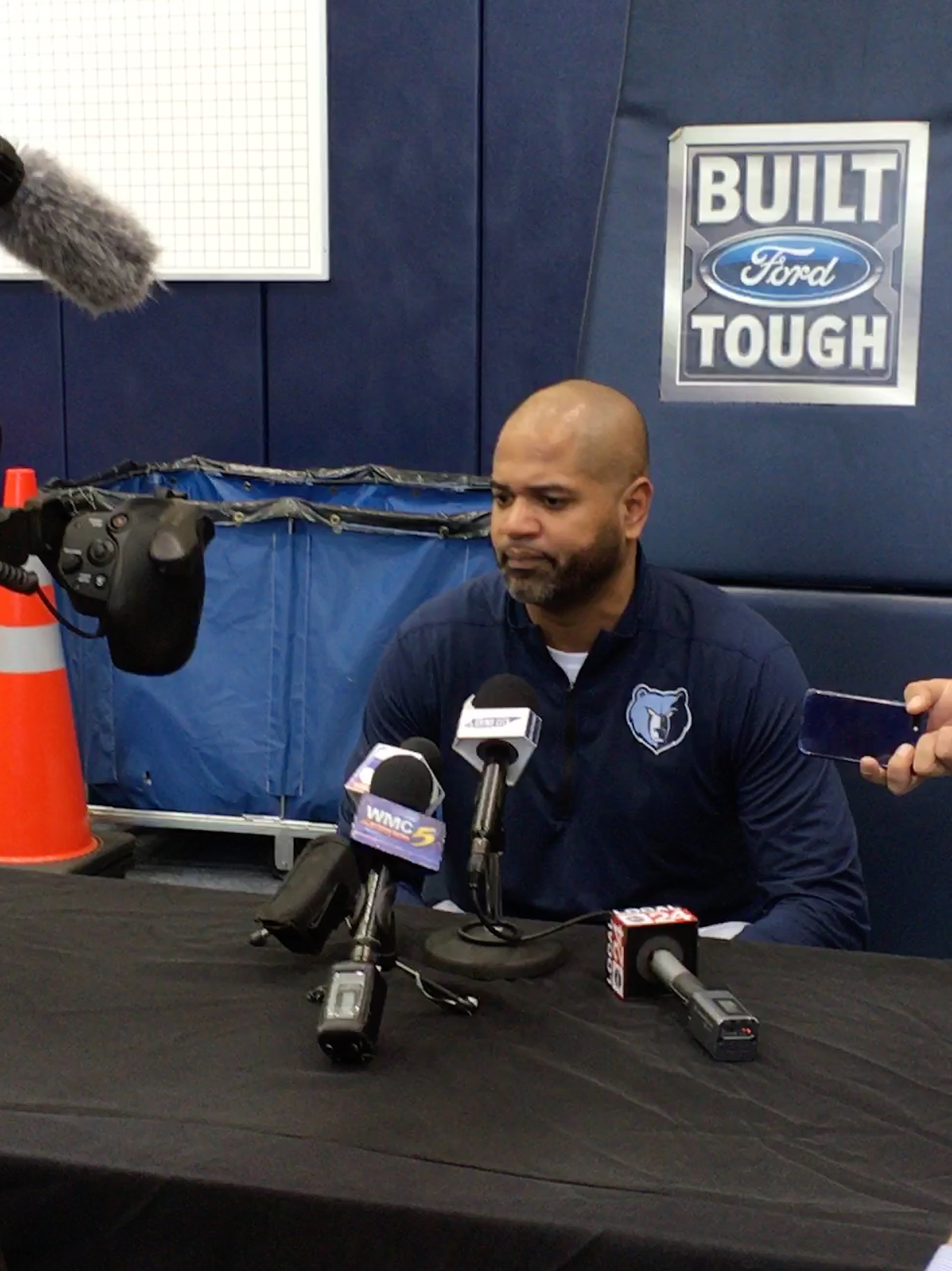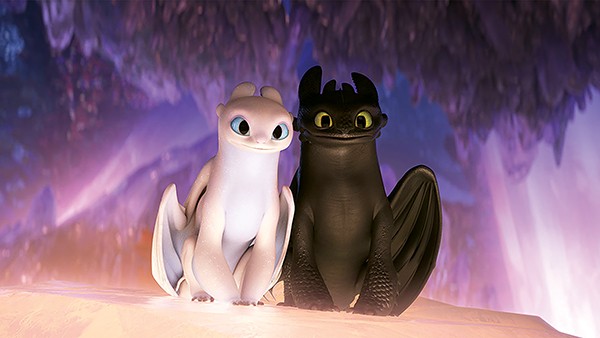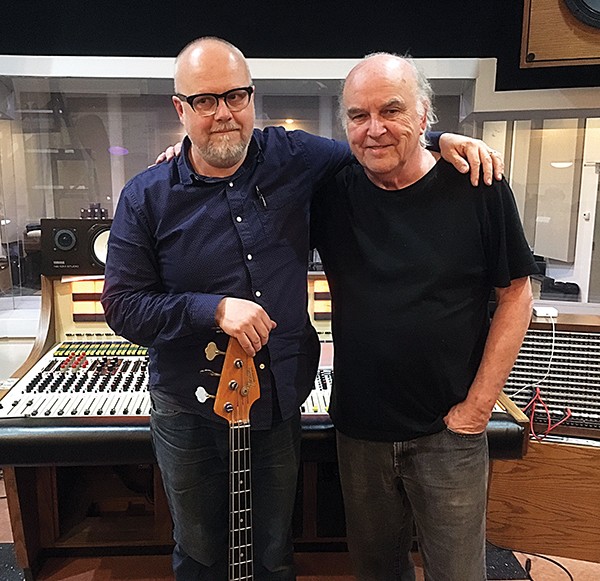 Crosstown Concourse
Crosstown Concourse
Crosstown High’s new gym
A gym at Crosstown Concourse is set to open Friday (today), ahead of the opening of a pool and community garden slated to debut in the coming months.
As the end of Crosstown High School’s inaugural school year nears, its gymnasium opened Friday, Crosstown Concourse announced via Twitter.
The gym, located next to the Crosstown Theater, houses a college-level basketball court that will also be used for volleyball, physical education classes, and practice space for other sports.
Named the Ice Box after the school’s Yeti mascot, the gym is able to hold up to 750 people.
The gym shares locker rooms with the Church Health YMCA pool which is slated to open mid- to late-summer. The new outdoor pool will be accessible to Crosstown students, as well as YMCA members.
 LRK
LRK
Rendering five-lane swimming pool
Equipped with five lap lanes and a splash area, the pool is designed to be “as multi-functional as possible,” Shauna Bateman, Church Health YMCA’s district executive director, said.
It will be open during the YMCA outdoor pool season from Memorial Day to Labor Day.
Both the pool and gym were constructed by Grinder Taber Grinder and designed by the firm Looney Ricks Kiss, which worked with Crosstown Arts to develop the concept for the entire Crosstown Concourse project.
Also slated to open this spring is the Crosstown Concourse community garden, a project led by Church Health in partnership with Crosstown High, Memphis Garden Club, and Big Green, a national nonprofit that builds learning gardens in low-income schools.
Designed by landscape architect Ritchie Smith, the garden will be located near Crosstown Brewing Co., housing raised beds for Crosstown students to maintain through the school’s partnership with Big Green.
 Crosstown Concourse
Crosstown Concourse
Community garden located near Crosstown Brewing Co.
In addition to being a learning space, Ann Langston, senior director of strategic partnerships and opportunities at Church Health, said the garden will provide “a place of tranquility” on the campus.
A fountain designed by artist Betsy Damon, as well as six sculptures created by artist Brian Russell which were previously located at Church Health’s former space will also be added to the garden. Langston said each sculpture represents one of the virtues that Church Health tries to builds its culture around.
Langston adds that the garden will serve as a place where Church Health rehab patients can practice walking on different levels and types of ground, as well as a space for yoga and other meditation classes.
Anyone in the community who is interested in gardening is invited to help with planting and maintenance of the garden, Langston said.
This story has been updated from a previous version stating the pool would open on Memorial Day weekend. Church Health officials have since informed the Flyer the pool will open mid- to late- summer due to weather delays.
 Samuel X. Cicci
Samuel X. Cicci 

 Alex Greene
Alex Greene